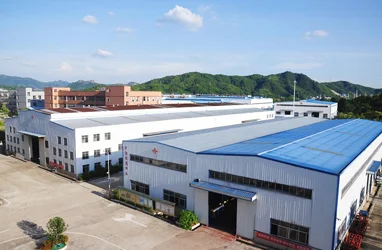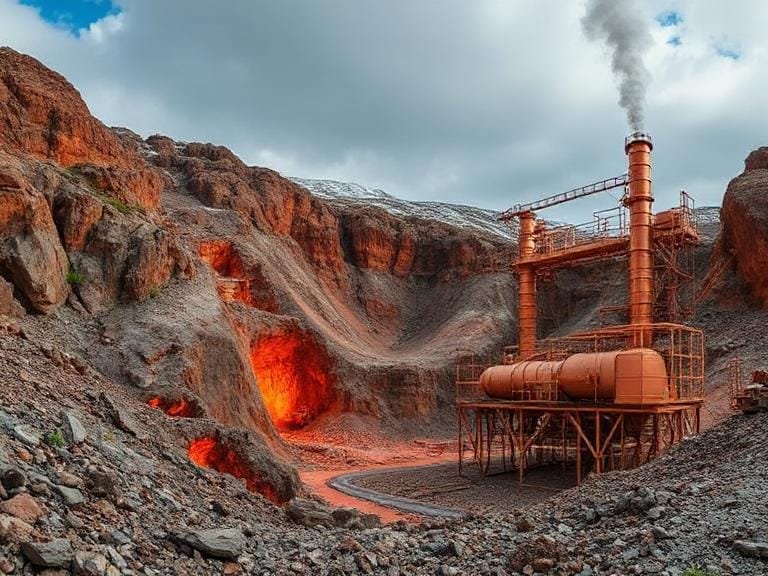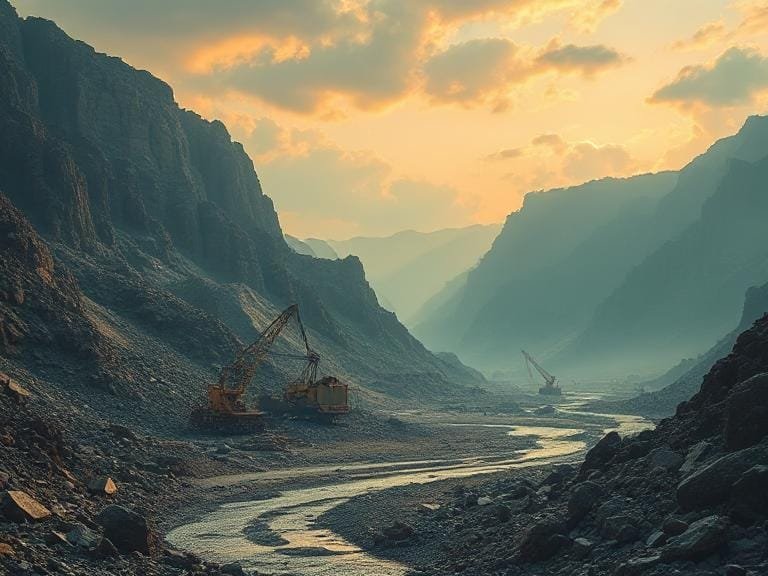How Much Does a Copper Processing Plant Cost in 2025?
The demand for copper continues to grow due to its use in electric vehicles, renewable energy systems, and electronics. Investors and mining companies are seeking to understand the 2025 cost of building and operating a copper processing plant. This article provides an in-depth breakdown of capital expenditures (CAPEX), operating expenditures (OPEX), key cost drivers, and technology innovations. We also introduce Foshan ORO Mineral Co., Ltd., a leading manufacturer of mineral processing and screening equipment that can help optimize project budgets.

Table of Contents
- 1. Overview of Copper Processing Plants
- 2. Key Cost Factors in 2025
- 3. CAPEX vs OPEX: Understanding the Investment
- 4. ORO Mineral Co., Ltd. – Industry Solutions Provider
- 5. Equipment and Technology Options
- 6. Typical Cost Range for Copper Processing Plants
- 7. Cost Optimization Strategies
- 8. Summary Table of Key Takeaways
- 9. References
1. Overview of Copper Processing Plants
A copper processing plant typically includes crushing, grinding, flotation, concentration, and refining units. The main goal is to convert mined copper ore into a high-grade concentrate ready for smelting or direct sale.
- Throughput capacity: Ranges from 500 tons/day for small plants to 100,000+ tons/day for large operations.
- Process complexity: Depends on ore type (oxide vs. sulfide), desired recovery rate, and impurities.
- Location factors: Proximity to power, water, labor, and logistics infrastructure affects cost significantly.
2. Key Cost Factors in 2025
Several variables influence the total cost of a copper processing plant in 2025:
- Ore grade and hardness: Low-grade ores require larger plants and more energy for processing.
- Plant capacity: Larger plants benefit from economies of scale but have higher initial CAPEX.
- Location & infrastructure: Remote sites may need roads, power lines, and water supply systems.
- Labor and energy costs: Regional wage and electricity prices directly impact OPEX.
- Environmental compliance: Wastewater treatment, tailings management, and emissions control add to costs.
3. CAPEX vs OPEX: Understanding the Investment
CAPEX (Capital Expenditure) includes design, equipment purchase, installation, and construction. OPEX (Operating Expenditure) covers labor, energy, maintenance, and consumables.
- CAPEX: Usually 60–70% of total lifetime project cost for a new plant.
- OPEX: Influenced by grinding media, reagents, power, and water consumption.
Balancing CAPEX and OPEX is crucial to achieve a competitive cost per ton of copper produced.
4. ORO Mineral Co., Ltd. – Industry Solutions Provider

Foshan ORO Mineral Co., Ltd. is a large-scale intelligent mineral processing, screening, and sand washing equipment manufacturer integrating R&D, production, and sales. Since 2014, ORO Mineral has made great contributions to mineral screening, solid waste resource recovery, beneficiation, washing, and separation, and has accumulated rich industry experience.
Our Commitment
In order to offer you better products and services, ORO Mineral has been sparing no effort to improve technology, develop new equipment, and upgrade services.
Product Range
- Washing Machinery – High-efficiency ore washing systems.
- Classifying Machinery – Precision particle size separation.
- Gravity Separation – Energy-efficient separation solutions.
- Magnetic Separation – Advanced recovery of magnetic minerals.
- Screening Machinery – Robust screening equipment for multiple ore types.
5. Equipment and Technology Options
Choosing the right equipment affects not only cost but also recovery rate and plant uptime.
- Energy-efficient mills: Reduce grinding energy consumption by up to 20%.
- Modern flotation cells: Improve recovery and lower reagent use.
- Automated control systems: Optimize plant operations, reducing manpower costs.
- Modular plants: Allow for phased capacity expansion, reducing upfront CAPEX.
6. Typical Cost Range for Copper Processing Plants
Based on industry data and 2025 price trends, the estimated cost range is:
- Small-scale plants: $3M – $10M for 500–1,000 tpd capacity.
- Medium-scale plants: $20M – $50M for 5,000–15,000 tpd capacity.
- Large-scale plants: $100M+ for 50,000+ tpd capacity.
Note: These costs vary widely depending on local construction costs, logistics, and ore characteristics.
7. Cost Optimization Strategies
To minimize project costs and ensure faster payback, consider:
- Early-stage ore characterization: Reduces design changes and unexpected processing issues.
- Equipment selection: Choose proven, energy-efficient technology (e.g., ORO Mineral solutions).
- Modular construction: Phased commissioning reduces financial risk.
- Digital monitoring: Real-time process control lowers OPEX.
8. Summary Table of Key Takeaways
| Aspect | Key Points |
|---|---|
| Cost Drivers | Ore grade, plant size, location, labor & energy, environmental compliance |
| CAPEX Range | $3M (small plants) to $100M+ (large plants) |
| Optimization Strategies | Modular plants, energy-efficient equipment, early ore testing, automation |
| Recommended Supplier | Foshan ORO Mineral Co., Ltd. – advanced washing, screening & separation equipment |
9. References






